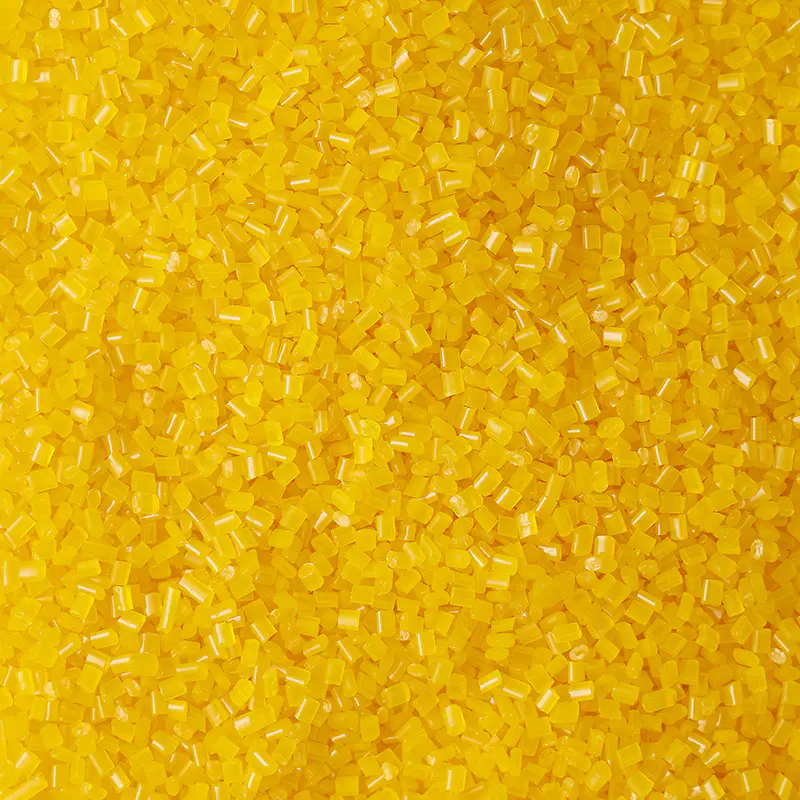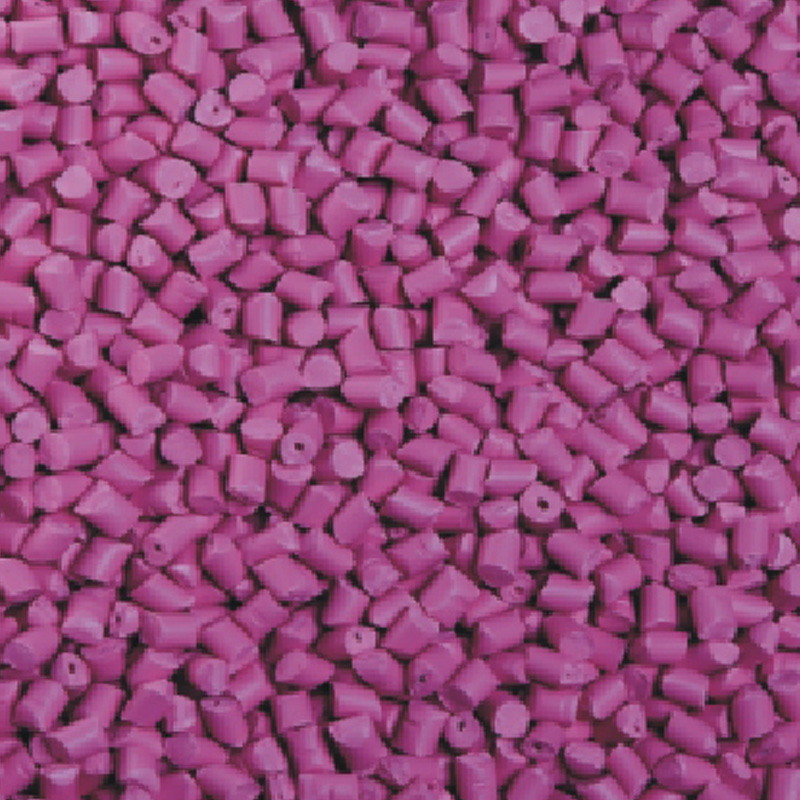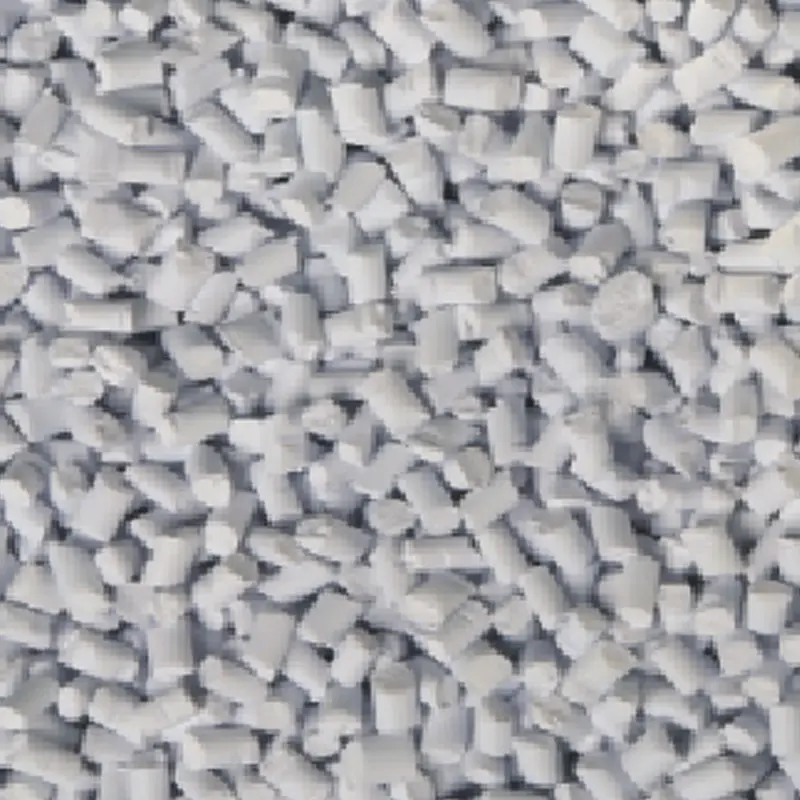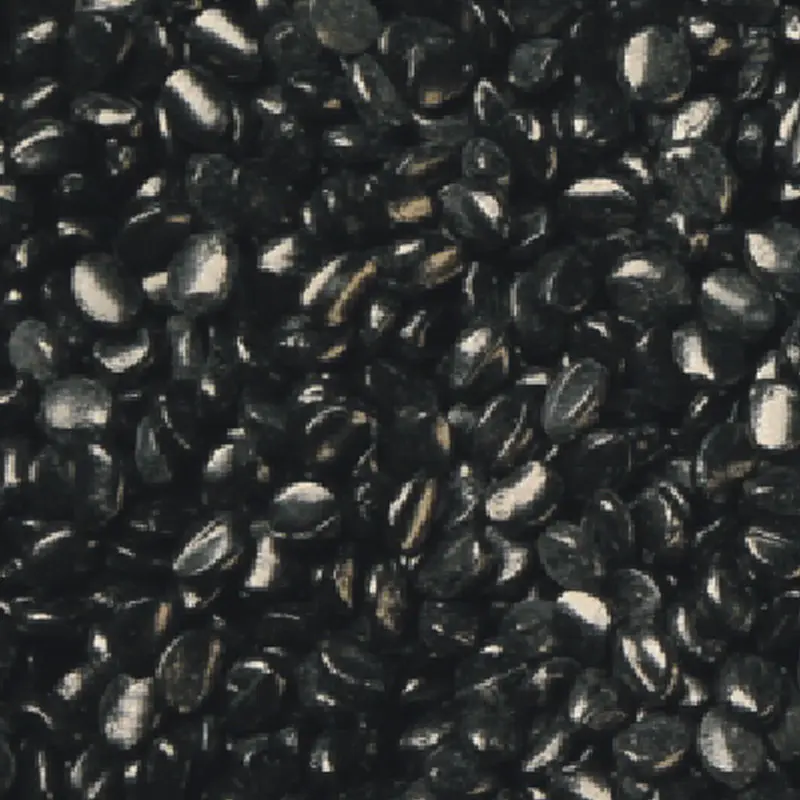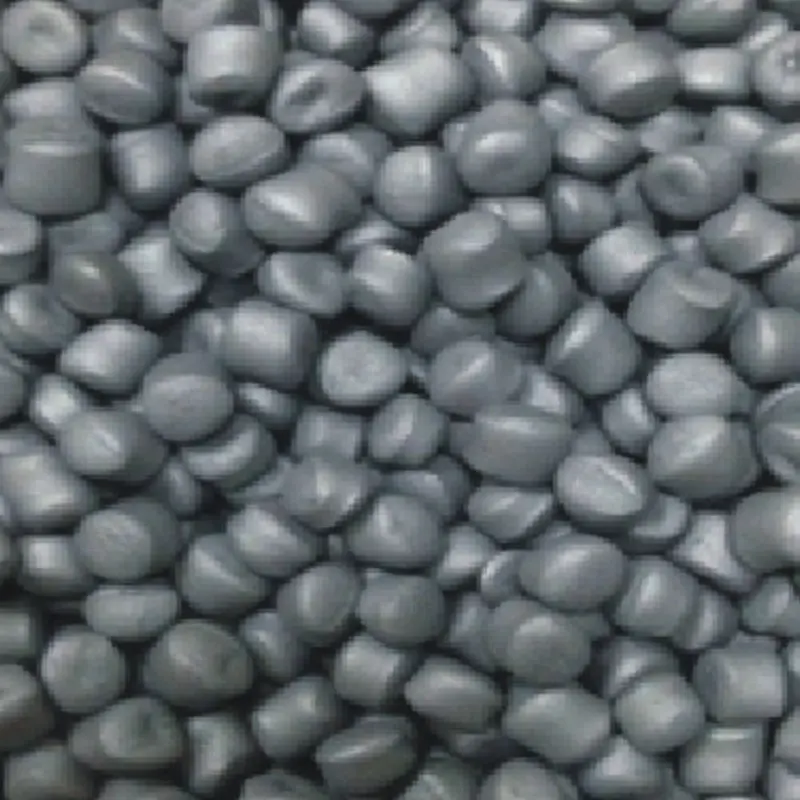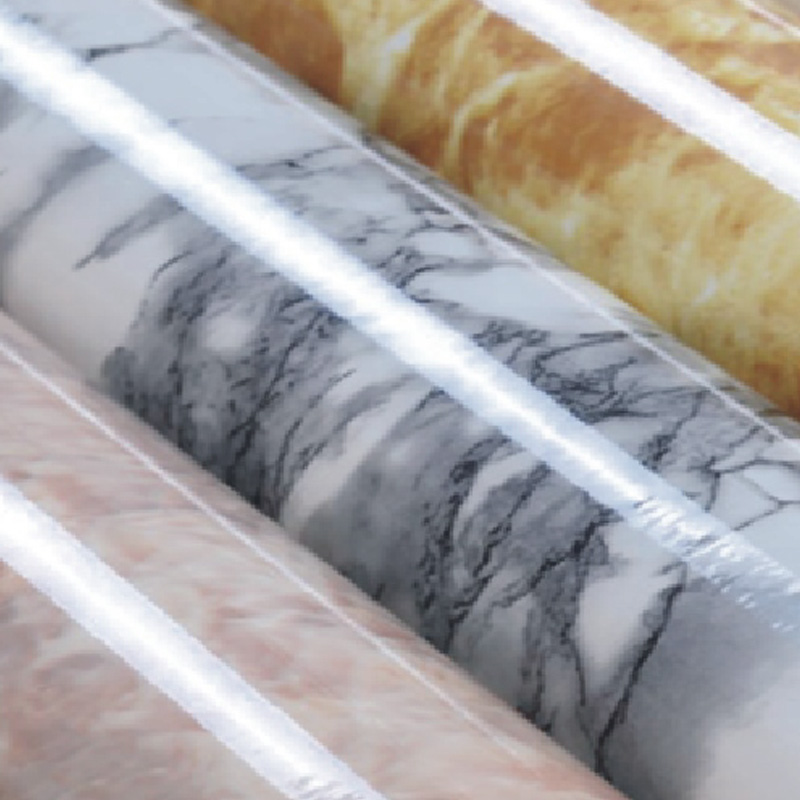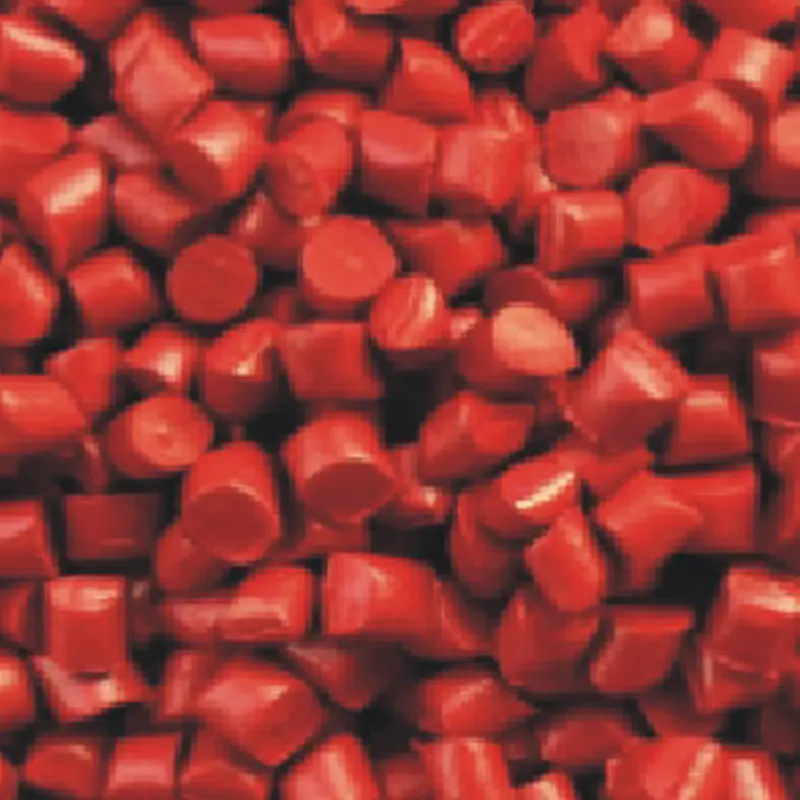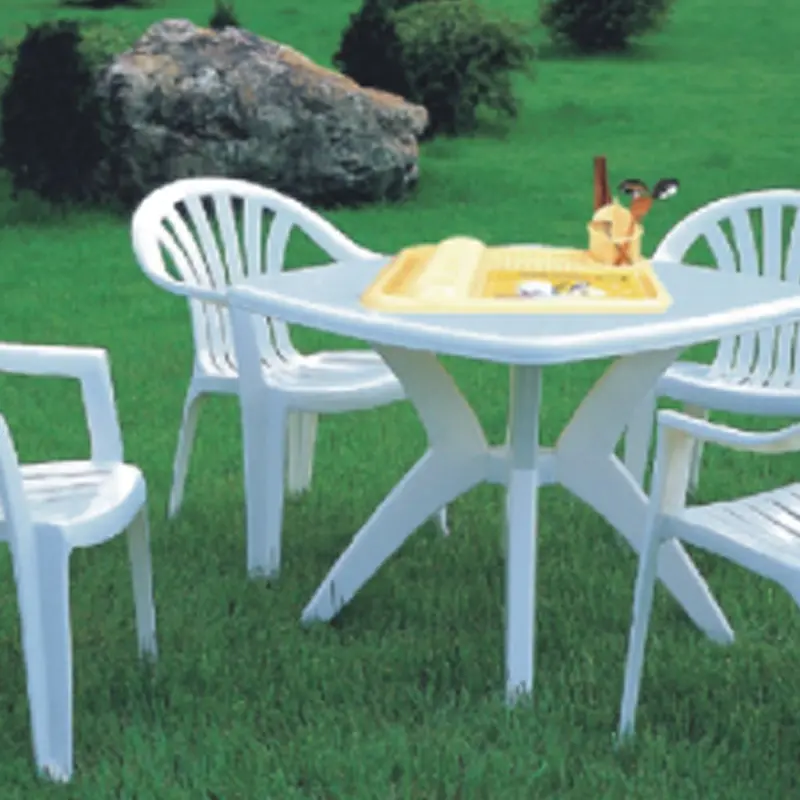In the world of polymer processing, color masterbatches have become essential additives that bring both functionality and aesthetics to plastic products. Among these, injection-grade color masterbatches stand out as versatile solutions designed to meet a wide range of manufacturing demands. They serve as a concentrated blend of pigments and additives that are evenly dispersed in a polymer carrier, enabling manufacturers to achieve consistent color and improved properties during the injection molding process.
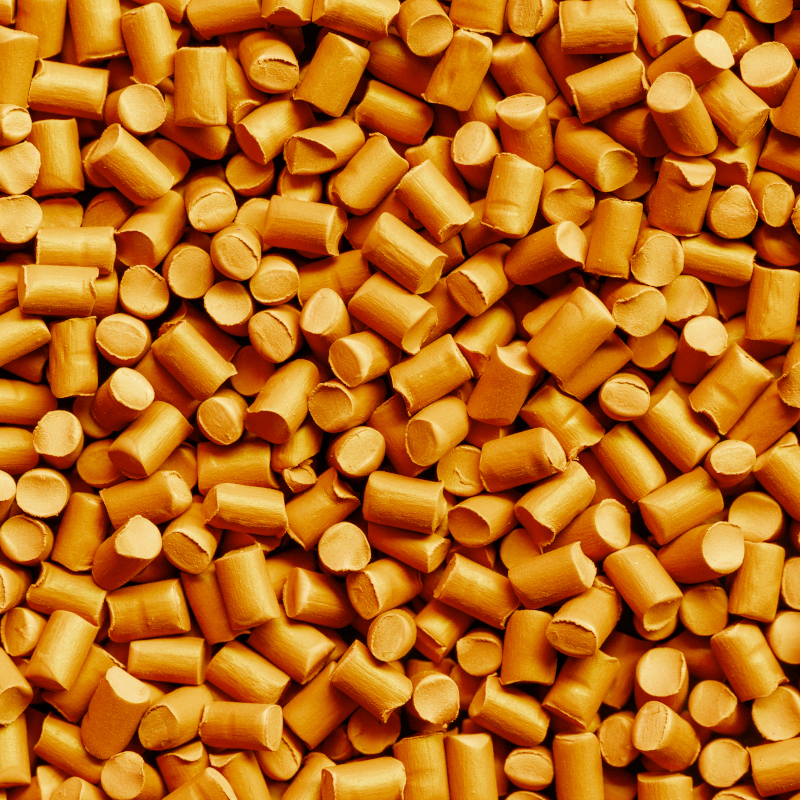
One key aspect of injection color masterbatch is its ability to integrate seamlessly into various polymer systems. Whether working with polypropylene, polyethylene, polystyrene, or other common plastics, these masterbatches offer a straightforward way to impart vibrant and uniform coloration. The formulation of the masterbatch is specifically tailored to the injection molding process, ensuring compatibility with the thermal and mechanical requirements of high-speed production environments.
Beyond aesthetics, functional masterbatches are increasingly gaining attention for their role in enhancing product performance. These masterbatches may include additives that provide ultraviolet (UV) resistance, anti-static properties, flame retardancy, or even antimicrobial effects. By incorporating such functionalities within the masterbatch, manufacturers can simplify their production lines and reduce the need for multiple additive steps.
Injection grade masterbatches are engineered to maintain stability under the high temperatures and pressures typical of injection molding. This stability helps prevent issues such as color degradation, uneven dispersion, or processing difficulties that could affect the quality and appearance of the final product. As a result, manufacturers can rely on these masterbatches to deliver consistent results batch after batch.
The versatility of injection color masterbatches also extends to the customization of color shades and effects. By adjusting pigment types and concentrations, manufacturers can produce anything from transparent and pastel tones to opaque and vibrant hues. This flexibility supports a wide variety of applications, including automotive parts, household goods, packaging, toys, and consumer electronics.
Functional masterbatches, when combined with injection color masterbatches, open up new possibilities for product differentiation. For example, adding UV stabilizers within a color masterbatch can extend the outdoor durability of plastic components, reducing fading and material breakdown. Similarly, integrating anti-static additives can enhance the performance of electronic housings by preventing dust accumulation and static discharge.
Choosing the right injection grade masterbatch involves considering the compatibility with the base polymer, processing conditions, and end-use requirements. Manufacturers often collaborate with suppliers to develop custom formulations that meet specific color and functional demands. This tailored approach helps optimize processing efficiency and product quality without compromising on appearance or performance.
Environmental considerations are also shaping the development of injection color masterbatches. There is a growing interest in masterbatches that support recyclability and incorporate environmentally friendly pigments and carriers. These advancements align with broader industry trends toward sustainable manufacturing and circular economy principles.
In summary, injection grade color masterbatches offer a practical and flexible solution for polymer processors seeking to add consistent color and functionality to their products. The combination of color uniformity, processing stability, and the possibility of integrated functional additives makes these masterbatches suitable for a wide range of applications. As polymer technology continues to evolve, the role of injection color and functional masterbatches will likely grow, helping manufacturers address both aesthetic and performance challenges in an efficient manner.

 English
English Español
Español русский
русский
